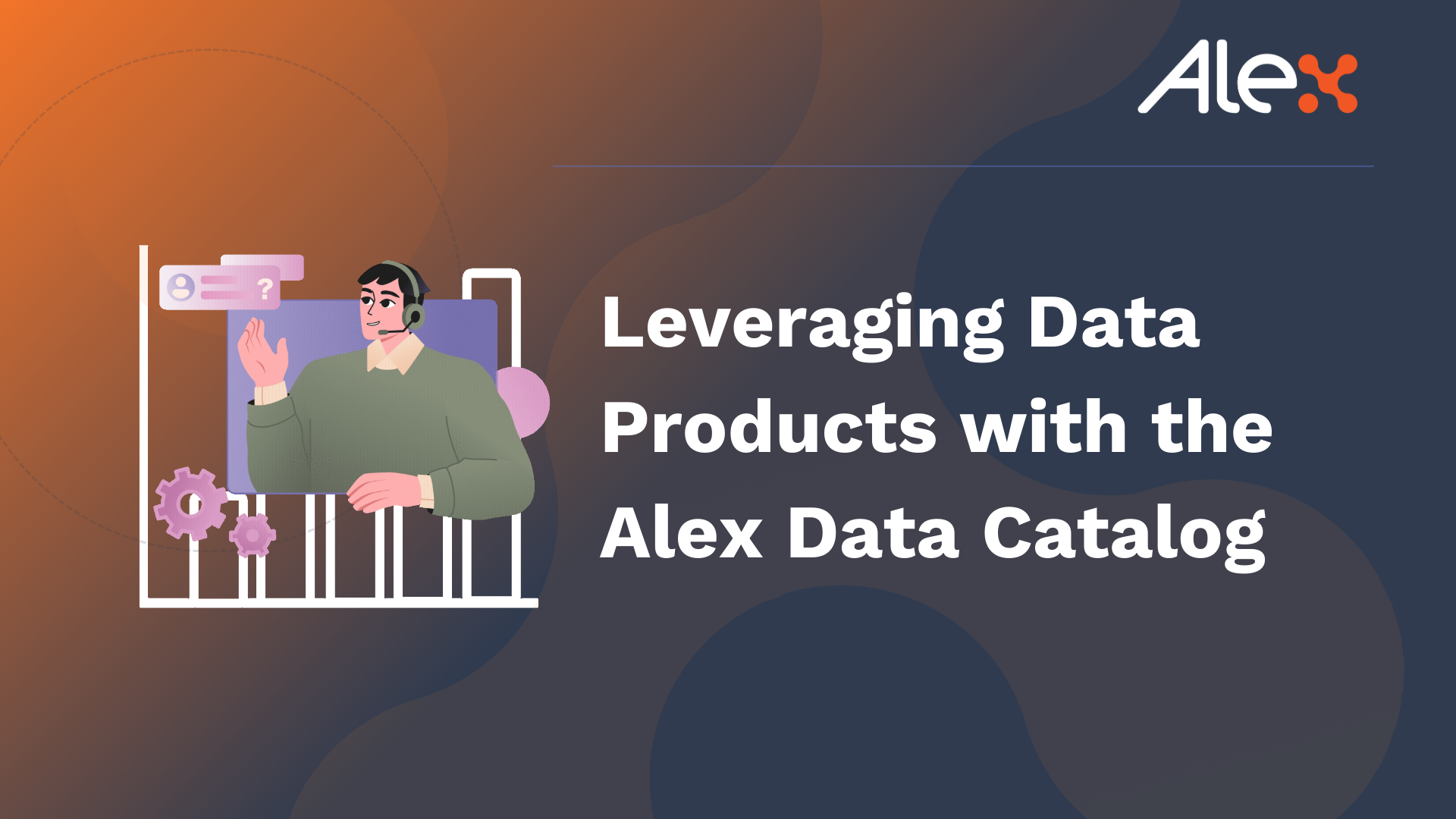Generative AI is set to stimulate many industries with its ability to create new content autonomously. However, ensuring the quality and reliability of AI-generated outputs requires robust data governance, including a focus on data lineage. Data lineage, a critical component of data governance, refers to the ability to track the origin, movement, and transformation of data throughout its lifecycle. In the context of generative AI, data lineage plays a crucial role in ensuring the quality, reliability, and trustworthiness of the data used to train and deploy AI models. By tracing the lineage of data inputs, organizations can verify the accuracy and completeness of the data, identify and mitigate bias, and ensure compliance with regulatory requirements. This guide explores how data lineage enhances generative AI programs, offering insights and strategies for maximizing the benefits of AI innovation.
Ensuring Generative AI Data Lineage
Data lineage plays a crucial role in ensuring the quality and trustworthiness of data used in generative AI programs. For example, in a retail scenario where a generative AI model is used to personalize product recommendations, data lineage would track the source of customer data, such as purchase history and browsing behavior. By tracing the lineage of this data, organizations can verify its accuracy and completeness, ensuring that the AI model is trained on high-quality data. This, in turn, increases the trustworthiness of the AI outputs, as stakeholders can have confidence in the integrity of the data driving the recommendations.
Moreover, data lineage helps organizations identify and rectify data quality issues. For instance, if the AI model’s recommendations are based on incomplete or outdated data, data lineage would highlight the source of the problem, enabling data governance teams to take corrective action. By leveraging data lineage in this way, organizations can improve the quality of their AI models and enhance the overall effectiveness of their generative AI programs.
Facilitating Regulatory Compliance
Data lineage is instrumental in facilitating regulatory compliance, particularly in industries subject to strict data protection regulations. For example, in the healthcare sector, where generative AI may be used to assist in diagnosing diseases, data lineage would track the origin of patient data used by the AI model. This lineage ensures that the data is handled in compliance with regulations such as the Health Insurance Portability and Accountability Act (HIPAA).
Additionally, data lineage helps organizations demonstrate compliance by providing a transparent trail of how data is managed and processed. This transparency is essential for regulatory audits, as it allows organizations to easily track and report on data usage. By leveraging data lineage for regulatory compliance, organizations can mitigate the risk of non-compliance and ensure that their generative AI programs adhere to legal requirements.
Identifying and Mitigating Bias through Generative AI Data Lineage
Bias in AI models can lead to unfair or discriminatory outcomes, posing ethical and legal challenges for organizations. Data lineage helps organizations identify and mitigate bias by tracing the lineage of data inputs and transformations. For example, in a scenario where a financial institution uses generative AI to automate trading decisions, data lineage would track the sources of market data used by the AI model.
By analyzing this lineage, organizations can identify potential sources of bias, such as data from specific market segments or regions. Armed with this insight, organizations can take corrective action to mitigate bias, such as diversifying the data used for training the AI model. By leveraging data lineage to address bias, organizations can ensure that their generative AI programs produce fair and unbiased outcomes, enhancing trust and credibility.
Improving Model Performance and Debugging
Data lineage is invaluable for improving the performance of AI models and facilitating debugging. For instance, in a scenario where an insurance company uses generative AI to assess insurance claims, data lineage would track the sources of claim data used by the AI model. By tracing this lineage, organizations can identify bottlenecks or issues impacting the model’s performance.
For example, if the AI model’s decisions are based on incomplete or inaccurate claim data, data lineage would highlight the source of the problem. Armed with this insight, organizations can take corrective action to improve the quality of the data and optimize the model’s performance. By leveraging data lineage in this way, organizations can enhance the accuracy and reliability of their AI models, leading to better decision-making and outcomes.
Enhancing Model Accountability and Transparency
Data lineage plays a crucial role in enhancing the accountability and transparency of generative AI models. As these models produce outputs autonomously, understanding how they arrive at their conclusions is essential, especially in regulated industries or when making critical decisions. Data lineage provides a clear trail of how data is transformed and used within the AI model, enabling organizations to explain and justify the outputs produced.
For example, consider a scenario in the healthcare industry where a generative AI model is used to assist in diagnosing diseases. By tracing the lineage of the data used in the model, healthcare professionals can understand why a certain diagnosis was made, which data points were influential, and whether any biases were present in the decision-making process. This level of transparency not only builds trust in the AI system but also helps organizations comply with regulatory requirements for AI explainability.
Additionally, data lineage can aid in debugging and troubleshooting AI models. If an AI model produces unexpected or incorrect results, tracing the lineage of the data can help identify where the issue occurred. This information is invaluable for improving the model’s performance and ensuring that it continues to operate accurately over time. By enhancing model accountability and transparency, data lineage contributes to the overall reliability and trustworthiness of generative AI programs, enabling organizations to leverage these technologies with confidence.
Enabling Effective Generative AI Data Lineage
Data lineage is foundational for effective data governance, providing visibility and transparency into data flows. For example, in a scenario where a telecommunications company uses generative AI to improve customer service chatbots, data lineage would track the sources of customer data used by the AI model. This lineage ensures that the data is managed and processed in accordance with data governance policies and regulations.
Moreover, data lineage helps organizations enforce data quality standards, implement access controls, and uphold data privacy and security. For instance, data lineage would highlight any unauthorized access to sensitive customer data, enabling organizations to take immediate corrective action. By leveraging data lineage for effective data governance, organizations can ensure that their generative AI programs are compliant, secure, and ethical, enhancing trust and credibility with stakeholders.
Alex Solutions’ Automated Data Lineage stands out as the fastest and most comprehensive solution for enabling enterprise generative AI. With its advanced capabilities, Alex Solutions provides a detailed and real-time view of how data flows through an organization’s systems, crucial for understanding the inputs and outputs of generative AI models. This comprehensive lineage tracking ensures that AI developers and data scientists have full visibility into the data used by their models, enabling them to identify potential biases, errors, or inefficiencies quickly. Additionally, Alex Solutions’ automated approach eliminates the manual effort typically required for data lineage, making it the fastest way to implement and maintain data lineage for enterprise generative AI programs.




